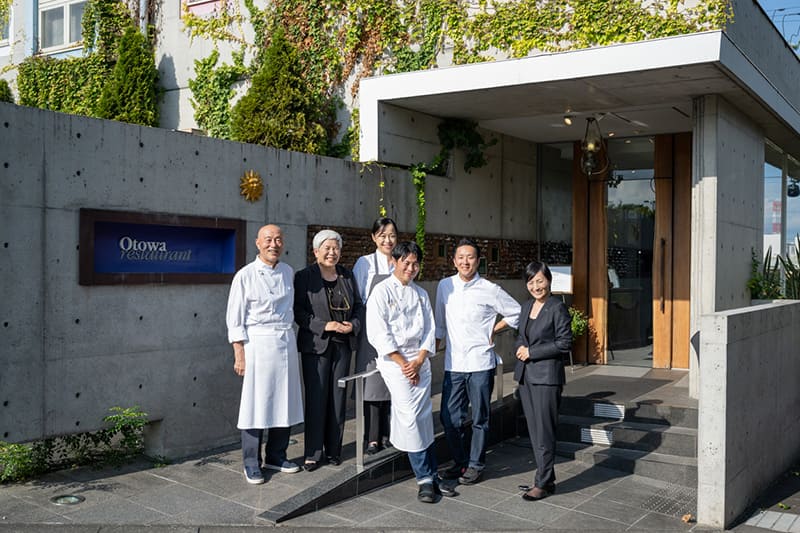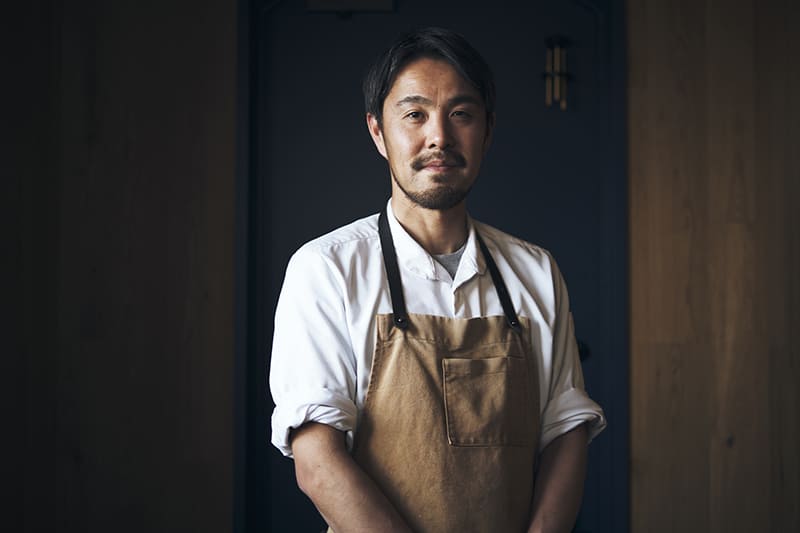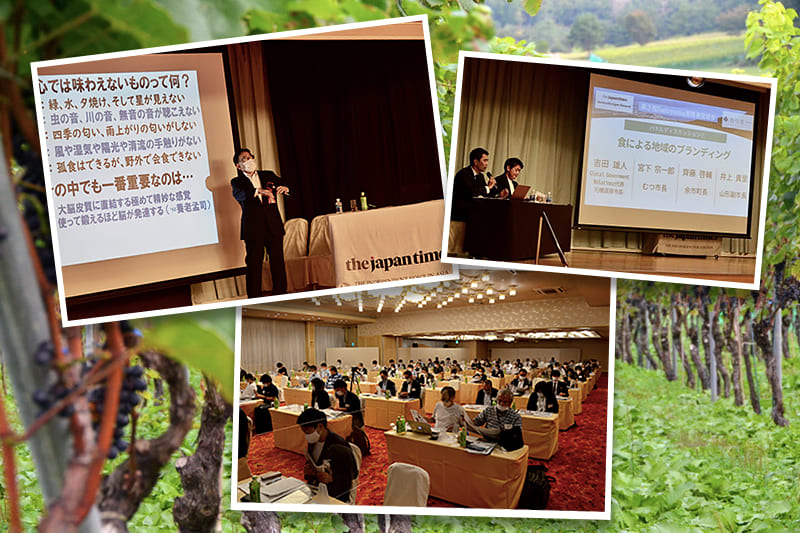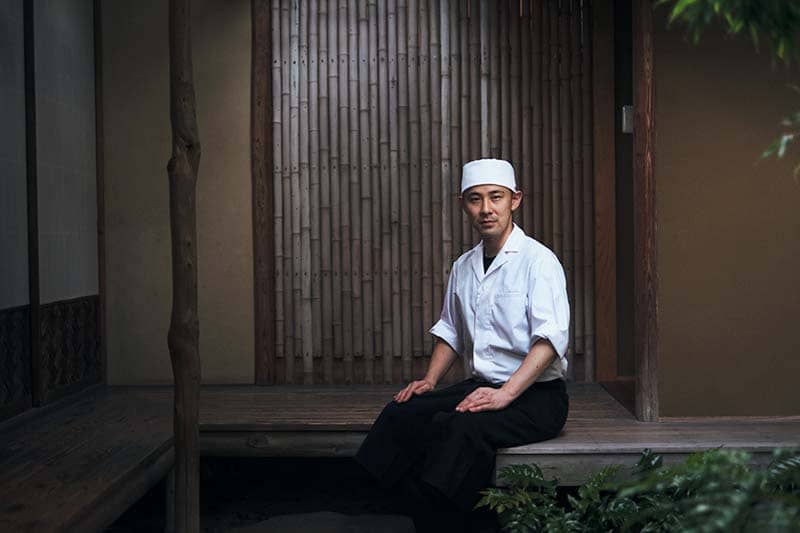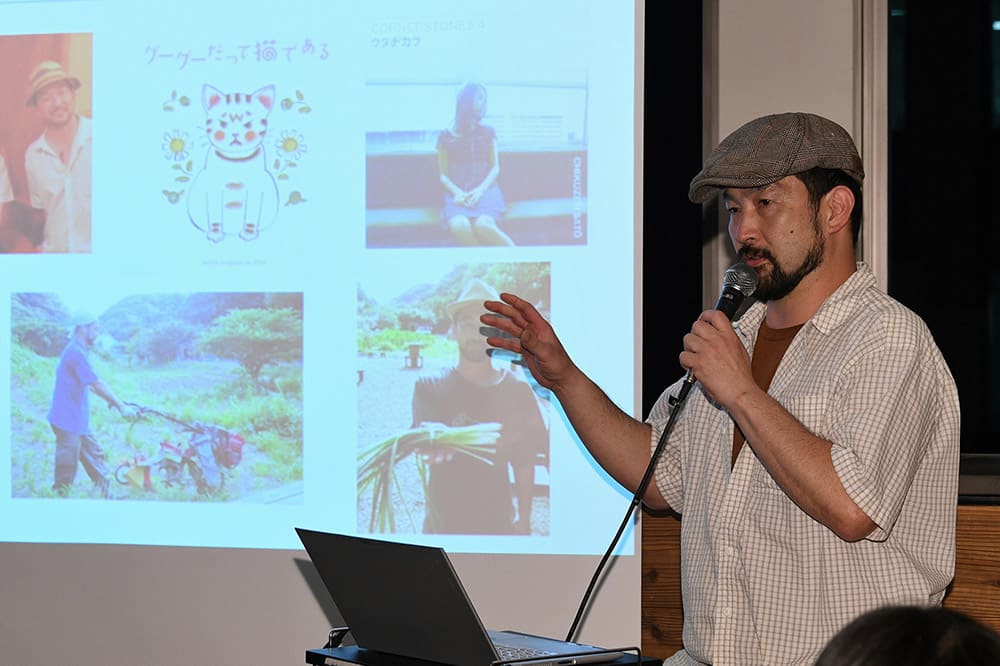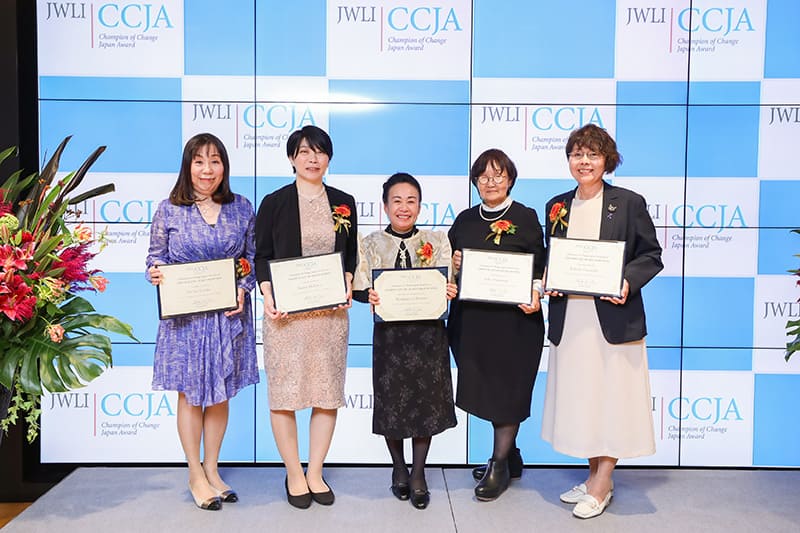September 22, 2022
Kamakura Kitajima
Contributing writer
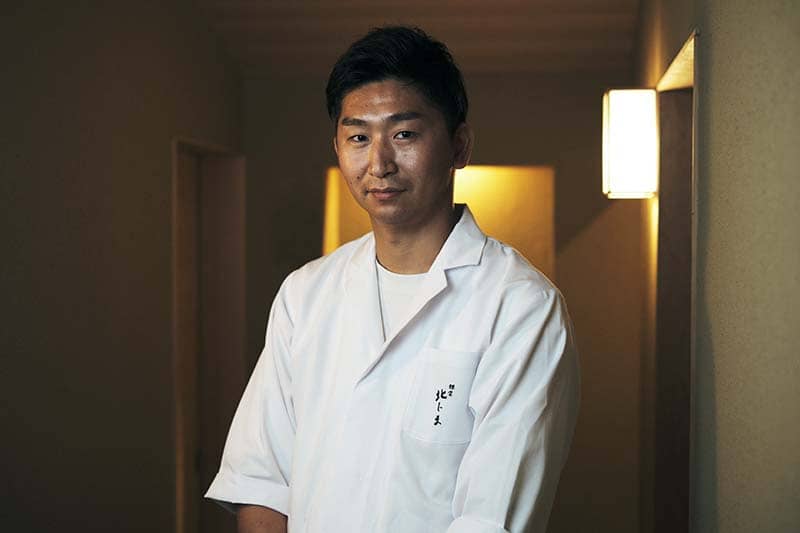
Forging a new culinary tradition in Kamakura
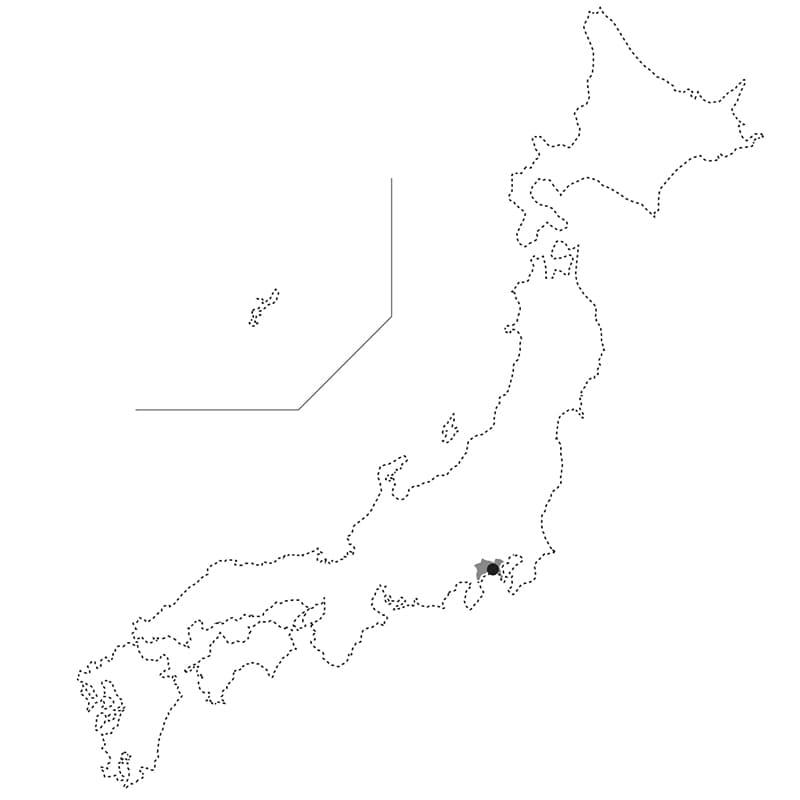
Kamakura Kitajima occupies a renovated old house in a neighborhood dotted with historic temples. The sukiya teahouse-style interior features a counter facing earthen walls decorated with flowers grown in the front garden by owner Yasunori Kitajima.
Kitajima sharpened his skills as a chef during 16 years at the prestigious Japanese restaurant group Wakuden, absorbing the Japanese aesthetic in Kyoto.
“When I opened a restaurant in Kamakura, I didn’t intend to make Kyoto-style food. If I’m not serving food that can only be made in Kamakura, it’s meaningless,” he said.
He began by searching for the very best ingredients. Not limiting himself to local sources, he reached out to producers and suppliers with top-notch reputations in other prefectures as well. Among them was Hiroki Hasegawa, a seafood broker in Yokosuka, Kanagawa Prefecture, with a national reputation. “The fish Mr. Hasegawa selects is on a different level than fish from the store. Since he was also in the same prefecture as me, I decided to put his fish at center stage,” Kitajima said.
Hasegawa’s base is a fish market that sells live seafood in Yokosuka’s Nagai port on Sagami Bay. There, fish are killed by severing their spinal cords so as not to subject them to stress. This results in a clear, unmuddled flavor, the flavor of the fish itself. With Hasegawa as a powerful ally, Kitajima launched Kamakura Kitajima in May 2021.
He found that the same types of fish he had used in Kyoto tasted completely different in Kamakura. “Take hamo (pike conger). Unlike hamo from Awaji, which is preferred in the Kansai region, hamo caught here feed on squid, giving it a different flavor,” he said.
The akahata (blacktip grouper) served as sashimi is speared, Kitajima explained. “The fish that win out in the struggle for existence swim upward in search of food. Good hata are found in water less than 20 meters deep. They taste best when they are speared with a single thrust through the head.”
The charcoal-grilled kue (longtooth grouper) is also speared. Cooked with carefully modulated moisture and heat atop a lacquerware hibachi carved in the Kamakura-bori style, the fish has a tender texture and a surprising depth of flavor.
Although Kitajima’s affection for local fish has grown steadily stronger, he does not serve Kamakura’s famous shirasu (whitebait).
“Shirasu are what small fish feed on — the raw materials that make up the fish in the sea,” he said. “Given that fish stocks have been falling recently, I don’t want to use shirasu. ”
The omakase set menu, the only option available, starts at ¥22,000 ($170), with prices dependent on the cost of seafood.
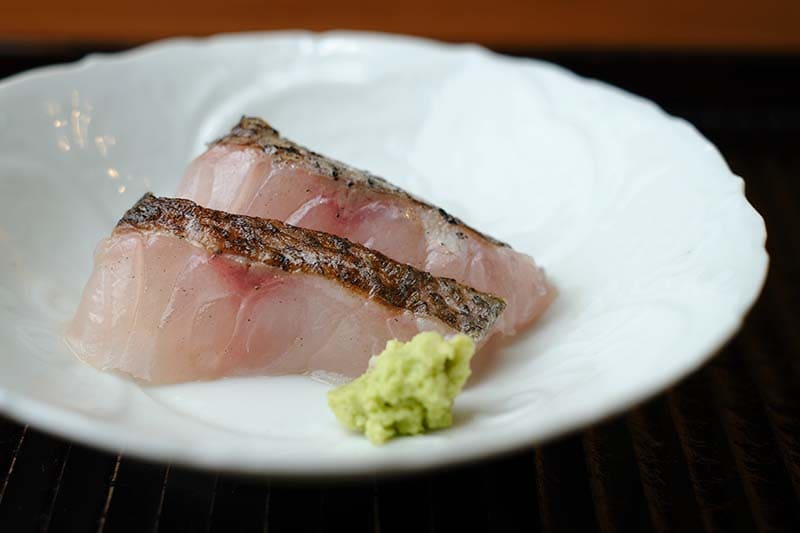
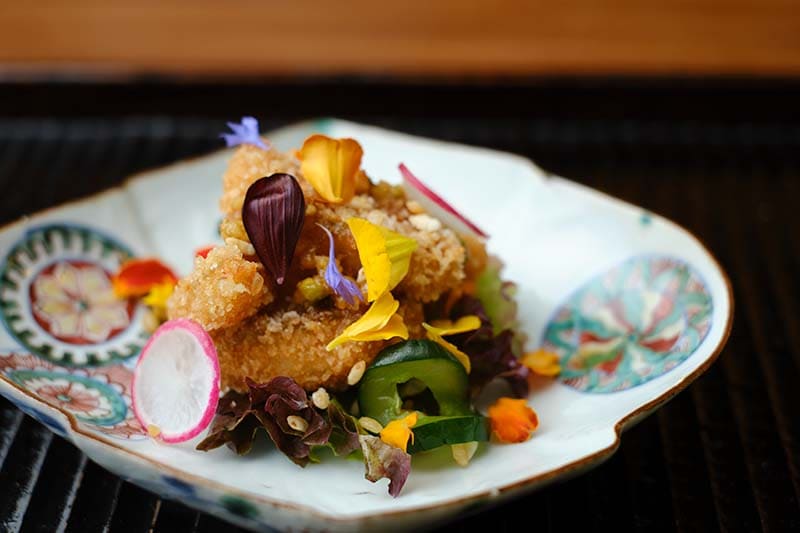
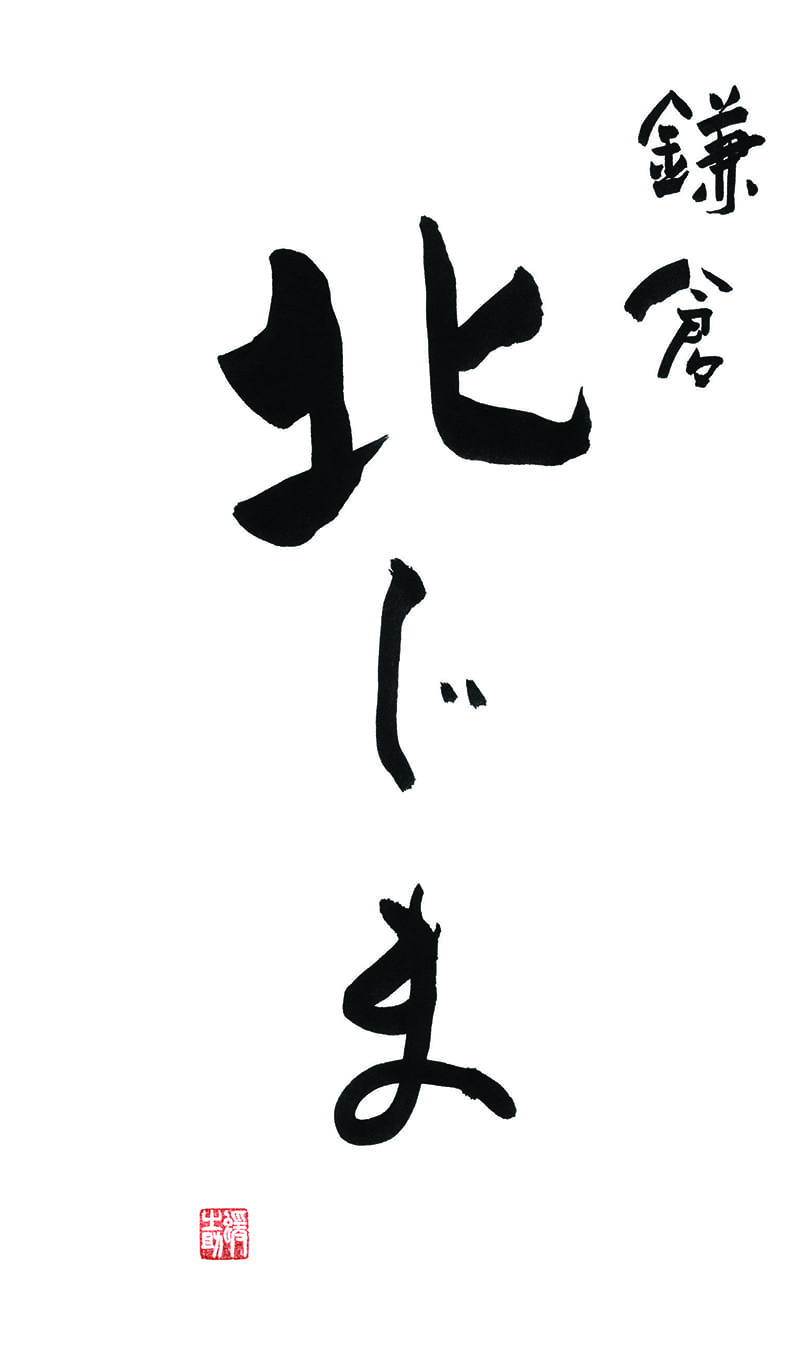
Address
Kamakura Kitajima
4-3-18 Omachi, Kamakura-shi, Kanagawa
https://www.kamakura-kitajima.jp
Takashi Matsuo
Mayor of Kamakura
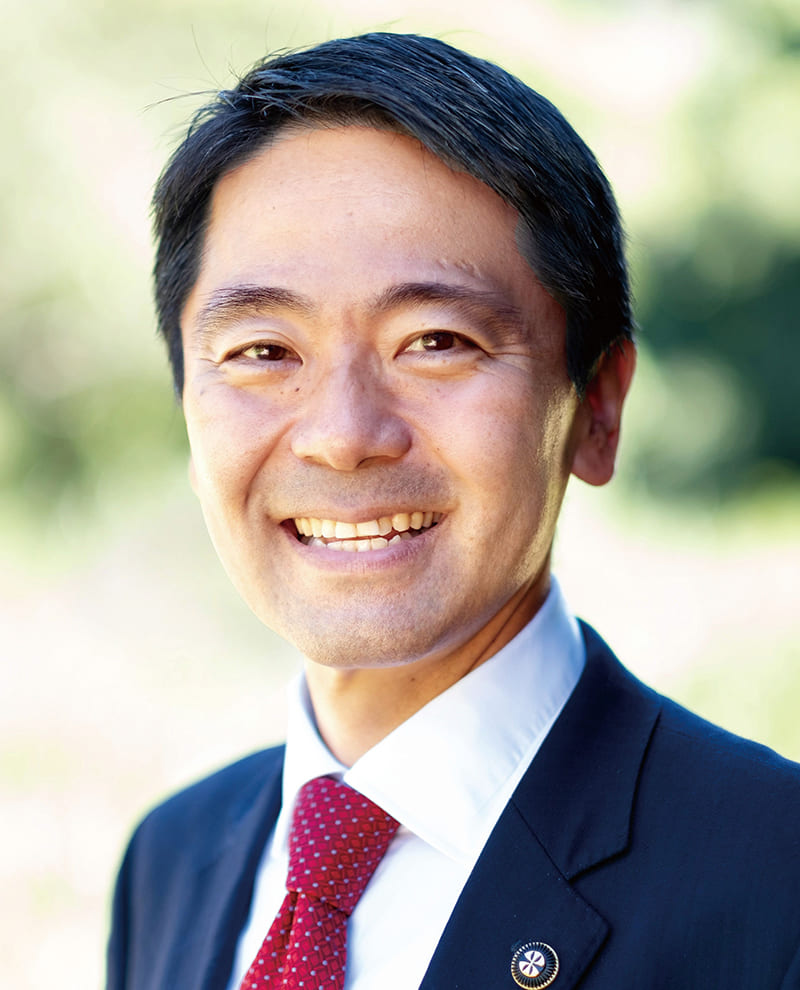
We would like to extend our heartfelt congratulations to Kamakura Kitajima for being selected as one of The Japan Times’ Destination Restaurants 2022.
Kitajima offers dishes that can only be enjoyed in Kamakura, using seafood from Sagami Bay and pesticide-free vegetables. We hope that at Kitajima you will enjoy Japanese cuisine unique to Kamakura while experiencing the richness of nature as well as the temples and shrines of the ancient capital of Kamakura. We are looking forward to your visit to Kamakura.

